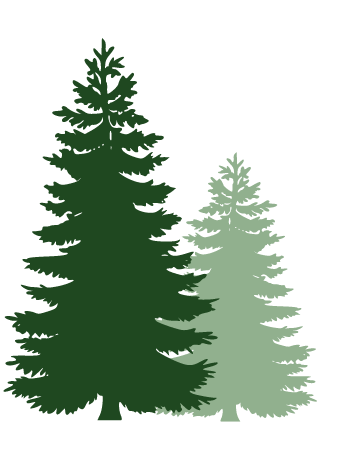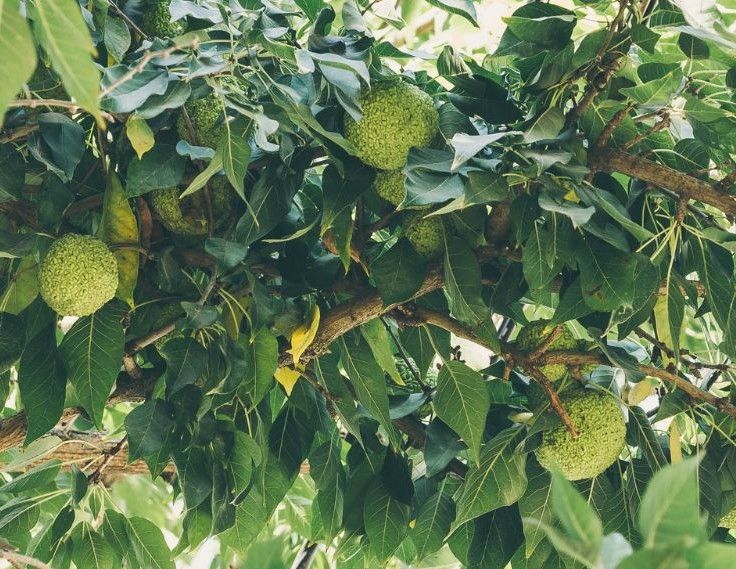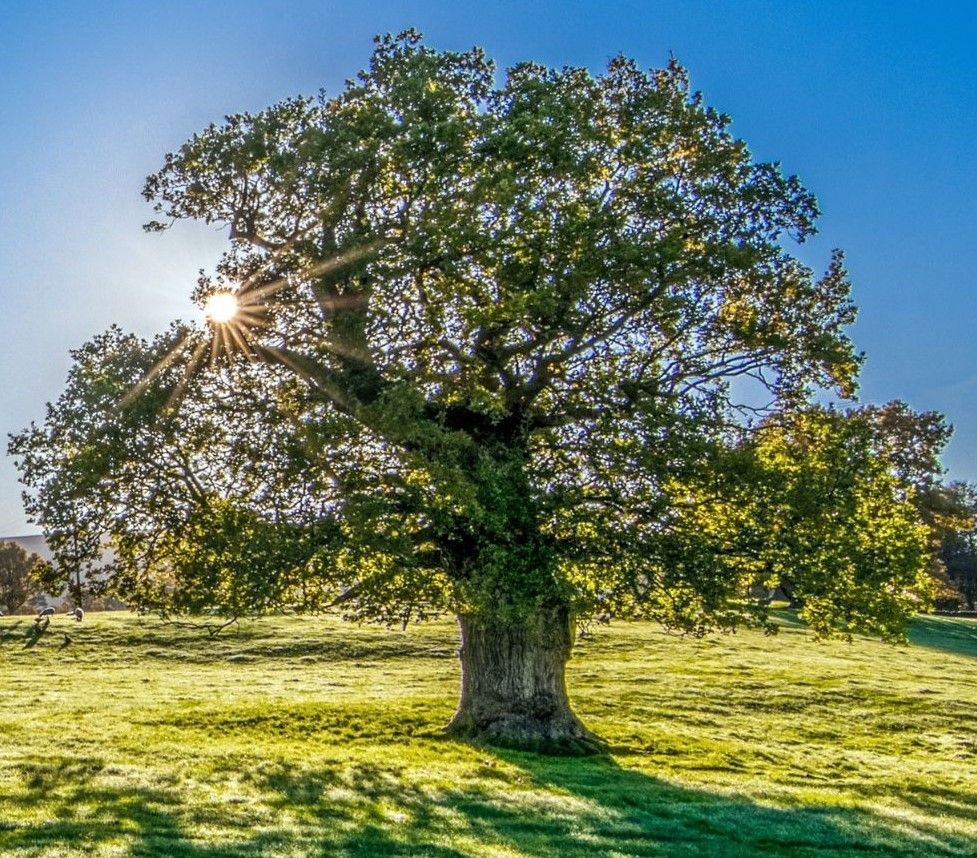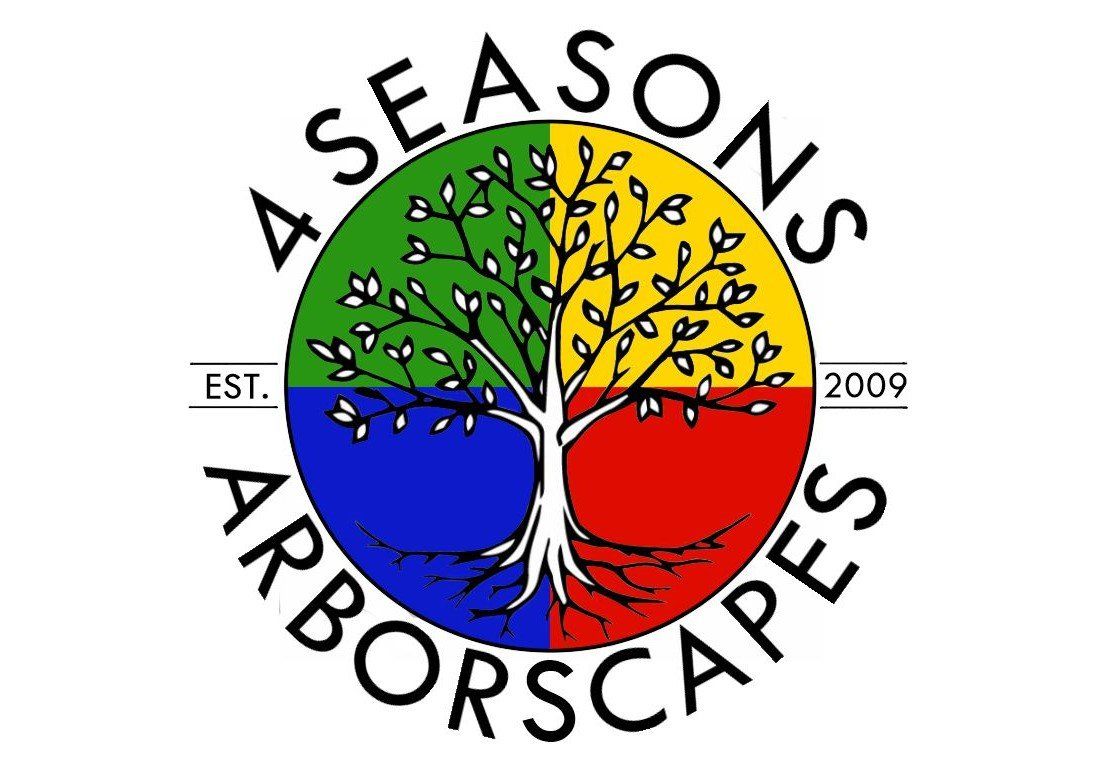The Black Cherry Tree
The black cherry (Prunus serotina) is a tall, native hardwood tree found throughout the eastern and central United States. Recognized for its distinctive dark, flaky bark and shiny, finely toothed leaves, it typically grows between 50 and 80 feet tall and can live well over 100 years. In late spring (May to June), the tree produces fragrant white flowers arranged in racemes, which give way to small dark purple to black fruits that ripen in late summer. These cherries are a valuable food source for birds and other wildlife, though they can be messy—when planted near sidewalks or patios, the fruit may stain hard surfaces.
While the black cherry has ecological and ornamental value, it comes with some cautions. Its wilted leaves and bark contain cyanogenic compounds, which are toxic to livestock, making it unsuitable for planting near grazing areas. Additionally, its unripened fruits contain the same toxic compounds, so
exercise caution when collecting them to eat. Historically, however, the tree also held medicinal significance: Indigenous peoples and early settlers used its inner bark to make teas and syrups for treating coughs and respiratory ailments. With its rich cultural history and striking seasonal features, the black cherry remains a notable presence in North American forests and landscapes.
For your black cherry tree to thrive, try to give it the following parameters as best as possible:
- Sun: Full sun, at least 6 hours a day
- Soil: Moist, well-drained loam or sandy soil
- pH: Slightly acidic to neutral (5.5 to 7.0)
- Zones: USDA Zones 3-9
- Spacing: At least 30 to 40 feet apart
How to Care for Black Cherry Trees
Planting
Plant in early spring or fall. Choose a site with plenty of sunlight and good drainage. Water deeply after planting, and mulch to retain soil moisture.
Watering
Water young trees regularly in their first 2–3 years. Mature trees are somewhat drought-tolerant but benefit from water during dry spells.
Pruning
Best done in late winter or early spring before new growth starts. Remove dead, damaged, or crossing branches. Avoid heavy pruning unless necessary—cherries can be susceptible to fungal infections through open wounds.
Fertilizing
Typically, it is not needed unless the soil is poor. If needed, apply a balanced slow-release fertilizer in early spring.
Pest & Disease Management
Watch for tent caterpillars, borers, and leaf spot. Can be affected by black knot fungus—prune out infected branches and sanitize tools. Promote airflow by not crowding trees and by light pruning.

Sign up for monthly newsletters!
Get our latest articles, delivered right to your inbox. No spam, ever.
Contact Us
Check out the latest...







